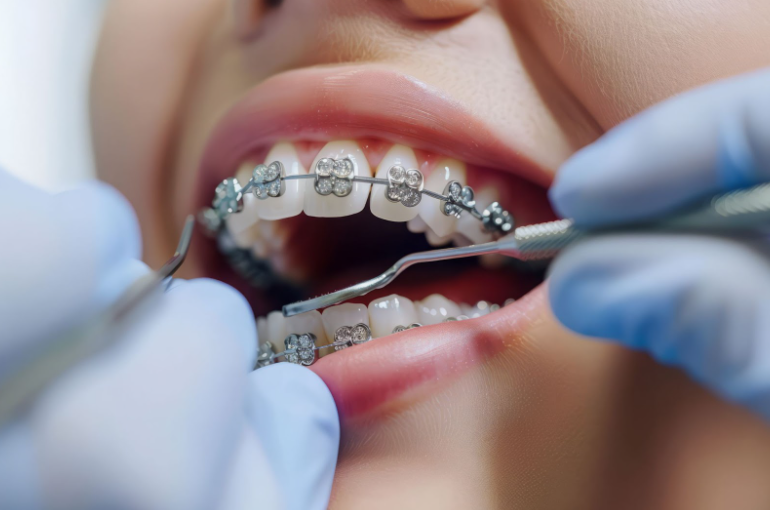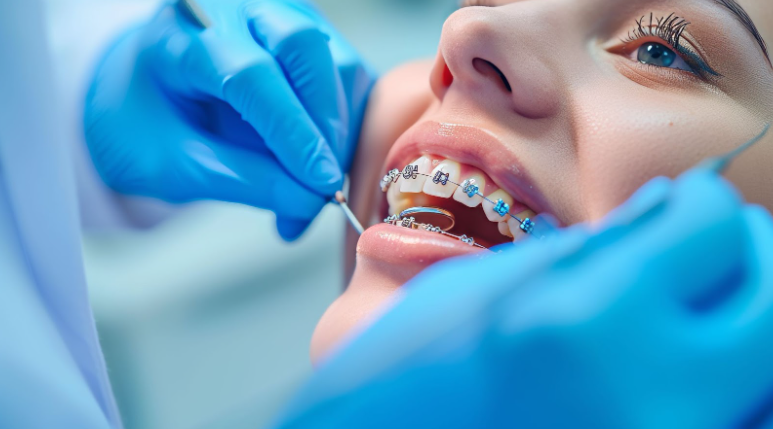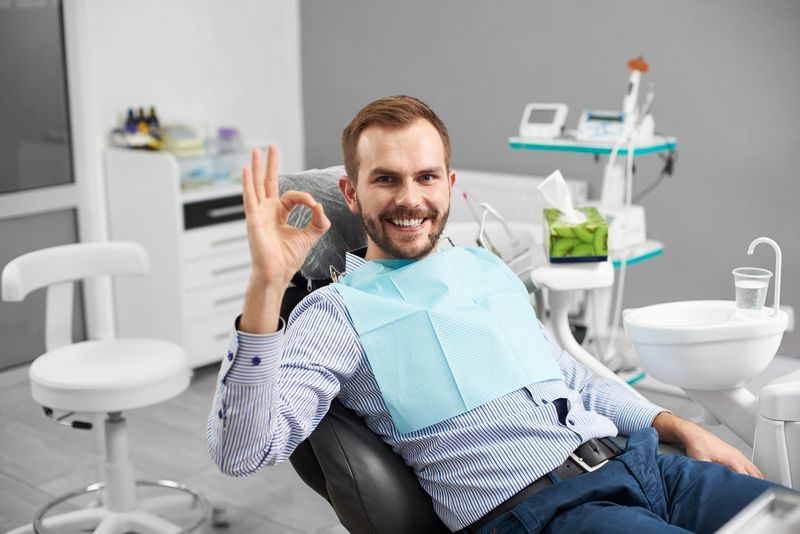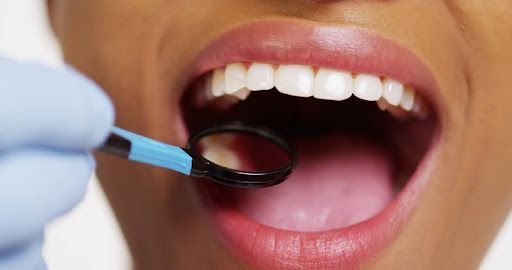A Guide to Navigating Your Braces Journey
The use of braces to correct dental issues is a significant investment in one’s oral health. For those who live active lifestyles or participate in sports, protecting this investment is crucial. Mouthguards play a key role in safeguarding orthodontic work and preventing dental injuries. This guide highlights the importance of mouthguards for brace-wearers, discusses the different types available, and provides detailed insights on choosing and maintaining the right mouthguard throughout orthodontic treatment.
Importance of Mouthguards for Braces
Engaging in sports or any physical activities increases the risk of impacts to the face, which can be severely detrimental to individuals with braces. The metal brackets can cause cuts and abrasions inside the mouth during an impact, and, more crucially, there is a risk of damaging the orthodontic work itself. A properly fitted mouthguard not only protects the soft tissues of the mouth from the braces but also minimizes the force transferred from a facial impact to the orthodontic devices, thus preserving the alignment process and overall oral health.
Types of Mouthguards
The market offers several types of mouthguards, each designed with certain advantages depending on the user’s needs. The three primary types are:
Stock Mouthguards
These pre-formed mouthguards can be bought at most sporting goods stores and are ready to wear immediately. They are the least expensive option; however, their fit is generally poor, and they offer minimal protection for brace-wearers. They are bulky and can make breathing and speaking challenging.
Boil and Bite Mouthguards
These mouthguards are made from thermoplastic material and are designed to be placed in hot water to soften, then inserted in the mouth to form a custom fit around the teeth and braces. Boil and bite mouthguards are more effective than stock mouthguards because they conform to the unique shape of the mouth and braces, providing a balance of comfort and protection.
Custom-Made Mouthguards
Custom mouthguards are professionally made based on a dental impression taken in a dentist’s office. They offer the best fit and protection among all mouthguard types, as they are tailor-made to accommodate the braces and the specific dental alignment of the wearer. While this option is the most expensive, the level of comfort and security it offers makes it a worthwhile investment for those engaged in high-risk sports or activities.
How to Choose the Right Mouthguard
Selecting the right mouthguard involves considering the level of impact associated with the sport and the specific needs of the individual with braces. For moderate to high-impact sports like football, basketball, or martial arts, a custom-made mouthguard is highly recommended. For less intense activities, a boil and bite mouthguard may suffice. It is essential to consult with an orthodontist to get professional advice tailored to the individual’s specific circumstances and needs. Additionally, it’s critical that the mouthguard fits snugly; a loose mouthguard can cause irritation and may not provide adequate protection during impact.
Caring for Mouthguards
Proper maintenance of the mouthguard extends its lifespan and ensures it remains hygienic and safe for use. Below are steps to properly care for a mouthguard:
- Clean Regularly: After each use, the mouthguard should be rinsed with warm (not hot) water. For a deeper clean, it can be brushed with a toothbrush and non-abrasive toothpaste or washed in soapy water, followed by a thorough rinse to remove any residue.
- Check for Wear and Tear: Regularly inspect the mouthguard for signs of wear, such as tears or holes. A damaged mouthguard will not provide adequate protection and should be replaced immediately.
- Store Properly: When not in use, the mouthguard should be stored in a firm, perforated container to prevent damage and allow air circulation. This helps avoid bacterial growth. Avoid exposing the mouthguard to extreme temperatures, such as hot surfaces or direct sunlight, as this can warp the material and alter its fit.
- Avoid Sharp Bends: Do not bend or twist the mouthguard when storing or handling it, as this can weaken the material and reduce its protective qualities.
- Regular Replacement: Even with proper care, mouthguards should be replaced each season or sooner if they show signs of deterioration. For those with braces, adjustments in orthodontic work may also necessitate a replacement to ensure the mouthguard fits correctly.
The integration of an appropriate mouthguard into sports equipment is essential for anyone with braces. Choosing the right type and ensuring it is well-maintained not only protects dental and orthodontic health but also enhances the sport experience by allowing the individual to participate with confidence and safety. With the right practices in place, the benefits of wearing a mouthguard far outweigh the costs and effort involved in selecting and caring for one.
Ready to safeguard your orthodontic investment while staying active in sports? Explore our range of custom-designed mouthguards, as well as mouth guards that work during orthodontic care. Our expert team is here to guide you through selecting the perfect fit and style for your active lifestyle. Contact us today for personalized advice and start your journey towards both winning games and a winning smile.











